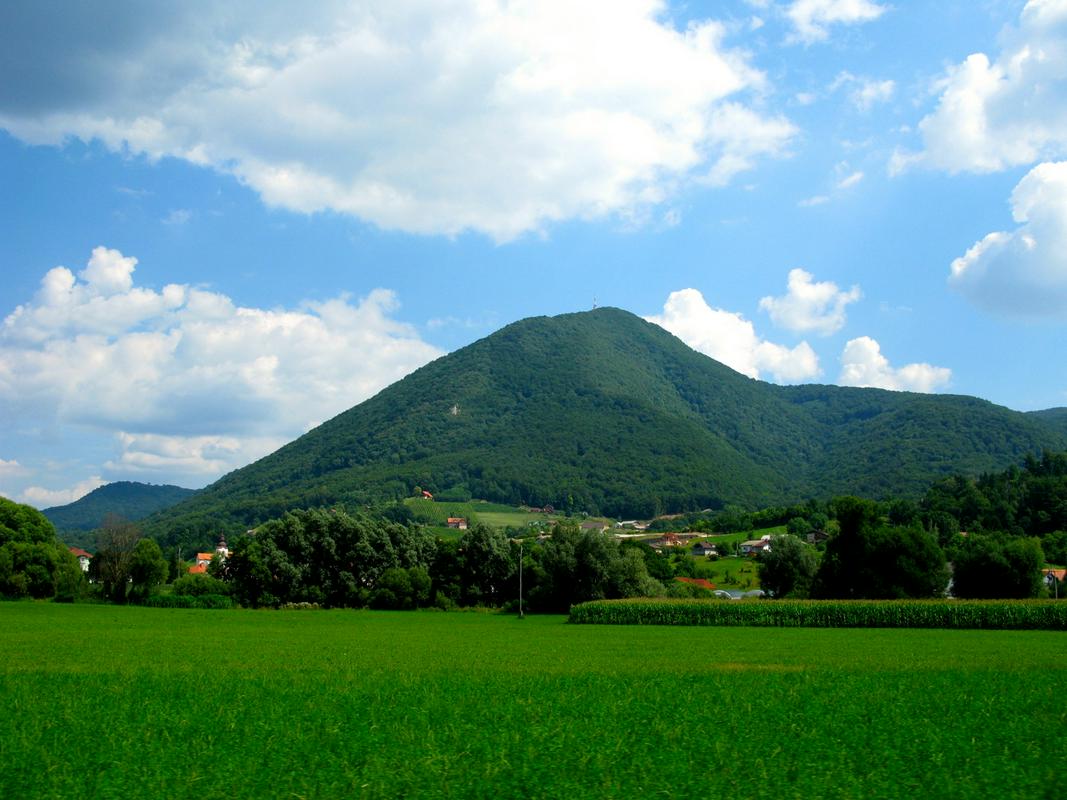
With its remarkable violet and yellow blooms and hundreds of small hairs, the Pasque flower immediately catches the attention of passersby. It’s exceedingly rare in most of Slovenia, but it remains a common sight in the Boč Landscape park, a remote area characterized by its interesting habitats.
The park lies in Slovenia’s Styria (Štajerska) region, where the foothills of the Karavanke range begin to rise above the surrounding landscape. Further west, the highest peaks of the range separate Slovenia from Austria, but in the Boč Landscape Park, the terrain is altogether gentler.
Thanks to the range of altitudes and the local microclimates, it is also the home of a wide variety of plant life. Species ranging from sub-Mediterranean shrubs to Alpine flowers can be found in the park. Famously, it is the home of the Pasque flower (Pulsatilla grandis Wenderoth), which has become a symbol of Boč. The flower is perfectly adapted to the frequently cold springtime of the area – its tiny hairs keep it warm when it appears on the fields around Easter. It thrives on natural, unfertilized soils, which can still be found the slopes of Boč.
The Carniolan mustard flower, another rare plant that thrives in the park, is endemic to Slovenia, while the poisonous rose daphne adds a touch to pink extravagance to the early springtime in the mountains. But the Boč Landscape Park is also hospitable to other forms of life. It is one of the largest butterfly habitats in Slovenia; more than 80 species of butterflies are commonly seen around Boč. Meanwhile, entomologists flock to the area to study the many beetles that thrive in the local fields. And the bird life is just as interesting; the park is the home of the rarely seen stock dove.
Several interpretive trails guide visitors through the landscape and its diverse flora and fauna. They also take hikers to series of limestone caves and the remains of a secret Partisan hospital that operated in the area during World War II.
Centuries ago, coal mining was widespread in the area, but the fragile ecosystem now enjoys official protection as both a Landscape Park and, on a pan-European level, as a Natura 2000 site – a recognition of the unique habitat of this little-visited part of Slovenia.


































































